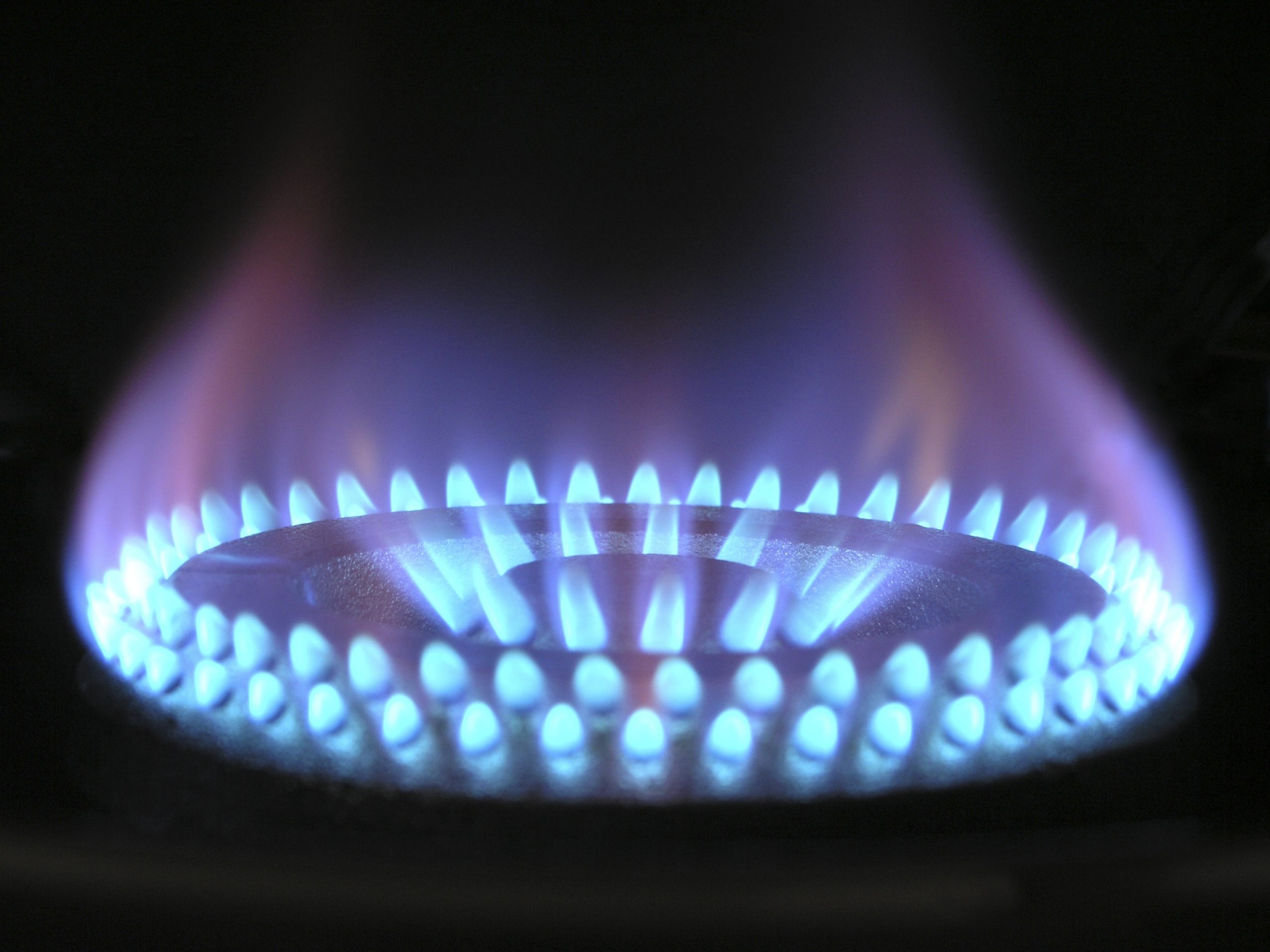I hope that you are well in these extremely challenging and uncertain times. With the volatility in the financial markets, it is hard to keep track of the price of oil and gas. We recorded this episode in January of 2020 before the current crisis but I think this content is even more relevant today. Given the extreme drop in oil and natural gas prices, it is even more important to keep tabs on your royalty checks to make sure you are getting paid what you deserve. Specifically, it is a good practice to double check the volumes that are reported on your check stubs and to understand the price that was paid for a given month. To help you with this we answer a listener question about how natural gas prices are determined and things you need to know in order to be able to reconcile the price paid for natural gas, NGLs, and crude oil.
Thank you so much for listening and I hope you find some useful information in this episode that you can apply to your own situation.
Using the embedded player above, you can download the episode to your computer or listen to it here! Be sure to also subscribe on iTunes or wherever you get your podcasts and please leave us an honest rating and review. We read every one of them and sincerely appreciate any feedback you have. To ask us a question to be featured on an upcoming episode, please leave a comment below or send an email to feedback@mineralrightspodcast.com.
Listener Question
Question from Jarrett
Can you guys go into detail about the difference between MMBtu (such as Henry Hub pricing) and $/MCF as reflected on royalty checks? Most royalty checks I get don’t have BTU content on them. How do mineral owners reconcile those prices or make the conversions easily? What about obtaining the BTU content data?
On a separate note, I’d also like to hear more about NGLs. How do royalty owners reconcile their checks for NGL volumes and prices? What drives that market?
Before talking about the difference between MMBtu and MCF’s and price conversions, let’s talk about the background of how Natural Gas is Priced and where it is priced.
How Natural Gas Prices Are Determined
One important attribute that determines the price of Natural Gas and that is the point of sale. There are different points of sale such as:
- At the wellhead
- At the Citygate (location where it is transferred from Interstate pipeline to local natural gas utility.
- Residential price. This is the price you actually pay to heat your home and reflects additional costs of the gas as well as costs to deliver it to your house as well as any state or local taxes that apply.
Another factor is the timing for when the gas is to be purchased.
- There is the spot price which reflects the current price based on current conditions.
- Short-term contract price, which can range from 1-month to 1-year from actual delivery of the gas
- Then there is long-term contract price which is anything greater than a year from delivery
Jarrett mentions Henry Hub. The Henry Hub is the name of a pipeline that goes through Louisiana and is generally the benchmark price for Natural Gas in the US because it is so well connected to other markets. It is usually the price that you see in the news because the New York Mercantile mer-can-tile Exchange bases Natural Gas futures prices on Henry Hub and if you were to have a futures contract and be obligated to deliver gas you would do so at Henry Hub although this is not what actually happens. Natural Gas Marketers would buy an offsetting contract to buy natural gas vs. actually delivering the gas.
At the end of the day, the primary driver for price is supply and demand. Both from a macro point of view (globally) as well as the micro point of view (at the wellhead). What you actually get paid for natural gas production for any wells that you have a royalty interest in is very dependent on the local supply vs. demand.
Reconciling Your Check Stub to Henry Hub
So when you look at your check stub and the natural gas price that month, it becomes very hard to try to reconcile the price paid vs. henry hub. This is due to several reasons. First, it depends on the location of where the well is and if there is adequate pipeline infrastructure to transport natural gas to a major hub. If there is not adequate takeaway capacity, then you have a local oversupply situation and limited demand for that product. As a result, you usually see locally depressed prices. For example, I have a client with minerals in the Midland Basin and they were paid $0.63/MCF for Natural Gas sold in October of 2019 and the average Henry Hub spot price was $2.33/MMBtu that month. In the Permian Basin as a whole, there is an oversupply of gas and not enough pipeline capacity. This has resulted in a significant price differential between Waha hub prices in West Texas and Henry Hub Prices in the gulf coast.
Natural Gas Hedging
Another thing you have to take into account is any hedging that the company may have done. They may have price contracts in place to where they receive a fixed price for gas sold even if the spot price for natural gas is higher or lower. Also, you have to consider the fact that Natural Gas is usually not in a condition to be sold at the wellhead. In other words, you probably couldn’t hook up the stove in your kitchen to the wellhead and just use the gas. Usually it has to be processed to get it in the form to be sold. The raw natural gas at the wellhead usually has to be dehydrated, have limited quantities of other gases like oxygen and nitrogen, and has to have a certain heating value (900-1200 Btu’s) in order to meet pipeline sales specifications. What typically happens is the raw gas is transported to a gas plant via gathering system pipelines and then at the gas plant it is processed to get it into marketable form, sometimes it is also called dry gas. The companies that handle the transportation and marketing of natural gas are referred to as “midstream” companies. Some operators have subsidiaries that handle the midstream component.
This leads us into your question about NGL’s. If the gas has a high Btu content then what happens is you will also see royalties from plant products which are Natural Gas Liquids or NGL’s which are separated as liquids during processing and then sold separately. NGLs include ethane, propane, butane, pentane, and hexane.
Natural gas is comprised of mostly methane which chemical formula is CH4. Ethane is C2H6, propane is C3H8, and so on. So the more carbon atoms a gas molecule has, the higher the energy content (measured in British Thermal Units or Btu’s).
How NGL’s are Priced
For high BTU factor gas, operators will usually send it to the gas plant to strip out the Natural Gas Liquids and sell these separately. These will usually show up as a separate line item on your Royalty Check Stub as “Plant Products”. Plant Products (aka NGL’s aka condensate) are sold a certain fraction of the oil price which is usually higher than the price of natural gas but lower than oil. Historically, the price of oil drove the price of NGL’s but in the past few years that has no longer been the case. NGL prices remain near long-term lows due to the oversupply situation in the US since NGL’s are produced in large quantities with unconventional oil and gas wells. NGL export capacity is being increased so this should help prices recover somewhat. The spot price of NGL’s like propane are set at Mont Belivieu, Texas which is where the trading hub for these products is.
The units of measure for any plant products or condensate is usually in bbls like oil but your check stub may show different units. If you are unsure, go to the operator’s website and look for owner relations information and sometimes they have a cheat sheet showing each column with definitions.
To try to reconcile NGL volumes and prices on check stubs is even more difficult than oil and natural gas. For Oil and natural gas volumes, you can go to your state’s oil and gas commission’s website where production volumes are reported and the volume sold for a given month should match the volume shown on your check stub. For NGL’s, you could try to approximate the volume if you know the BTU factor of the gas. Which brings me to the next point.
How to Approximate the Value of Your Natural Gas and NGL Volumes
While there are a lot of things that go into how NGLs are priced, one way you can approximate the price you should be getting paid is to multiply the volume of gas by the price paid and then by the btu factor. This will give you a rough approximation of the value of the NGL’s if they were sold as natural gas. Now hopefully, you will actually get paid more than this based on the value of the component gases that are sold. Generally, NGL’s have a higher value since they have higher BTU value but it depends on the specifics.
For example, if the BTU factor for gas is 1,250 BTU/SCF’s then you can convert this to MMBtu/MCF by dividing by 1,000. Then simply multiply this factor (in this case 1.25) times the volume of gas sold and then by the natural gas price. So roughly speaking, this rich gas would be worth approximately 25% more due to the higher energy content. So if 1,000 MCF were produced that month at $2.00/mcf and with a BTU factor of 1,250 then the value received should be around $2,500.
Again, there is a lot more that goes into the calculation of actual value based on component gases and contracts, and shrinkage and other things but this can give you a rough idea of what you should be receiving. So you can do the same based on gas volumes on your check stub and multiply the gross value by your Net Revenue Interest to approximate your royalty before any deductions.
Thanks for Listening!
To share your thoughts:
- Leave a comment or question below (we read each one and your question may be featured in a future episode)!
- Ask a question or leave us feedback via email or voicemail: (720) 580-2088.
To help out the show:
- Leave an honest review on iTunes or wherever you get your podcasts – we read each one and greatly appreciate it. Plus, you can get a shout out on a future episode!
Thanks again – until next time!




